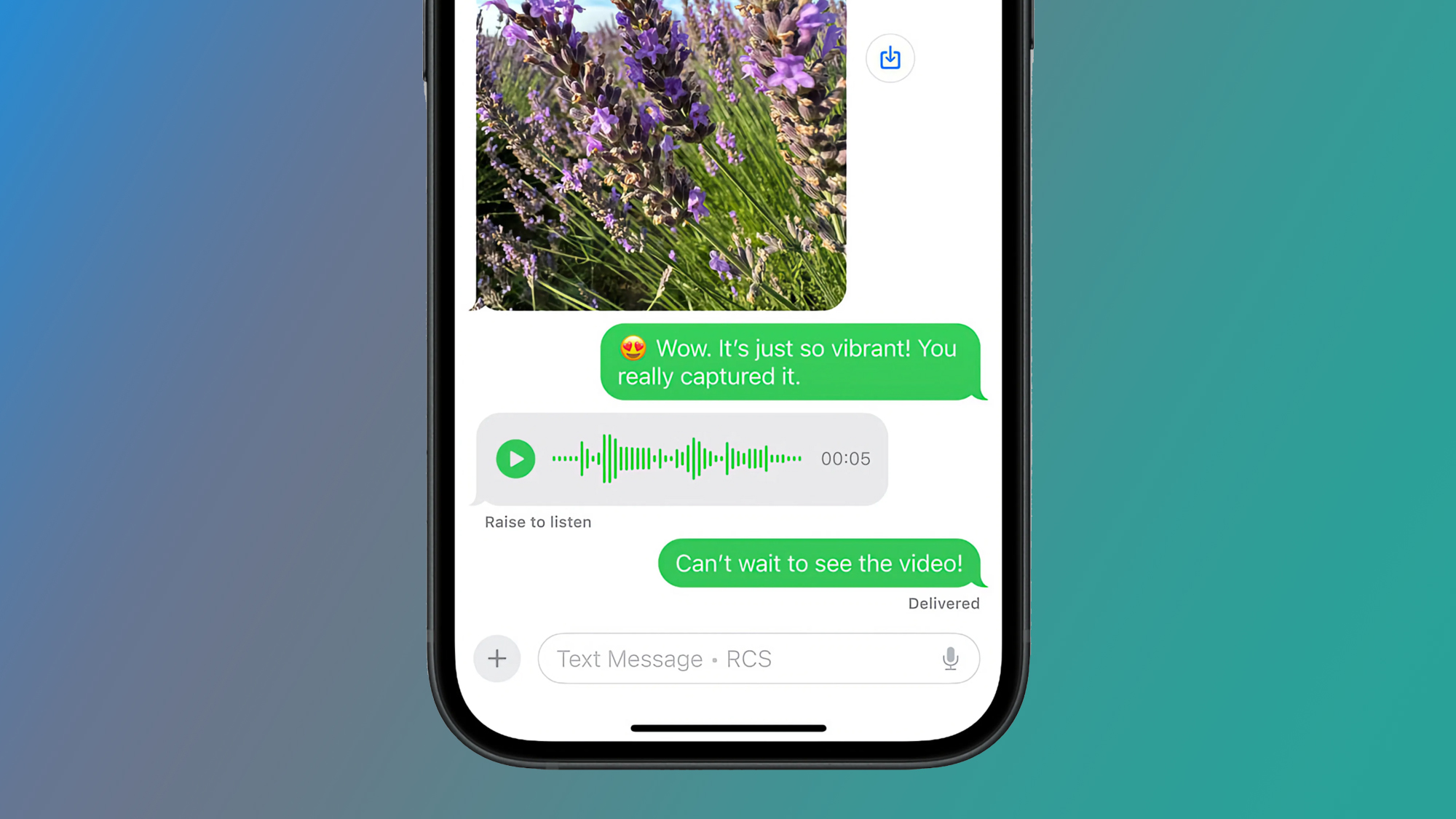
- Another RCS upgrade has been spotted on iOS 18
- Android emoji reactions now show up properly on iPhones
- The change may have been made by Apple or Google
While messaging between Android phones and iPhones still isn’t perfect, it’s a lot better than it used to be – and users have now noticed that emoji reactions from Android devices are now showing up correctly in the iPhone Messages app.
As spotted by The Verge, Android Central, and others, if RCS (Rich Communication Services) is enabled on both Android and iOS, then emoji reactions sent from Android will now actually be stuck to the message they’re responding to – rather than appearing on a separate line, which was rather confusing.
It’s not clear what has changed on Apple’s end or Google’s end to make this happen, but the iOS 18.1 update seems to have something to do with it. Make sure you’re running the latest iPhone software, and check RCS is enabled, and it should work.
The RCS option on the iPhone can be found in Settings: tap Apps, Messages, and then RCS Messaging. Your carrier needs to support RCS for the option to be visible though – you can check this from Settings by tapping General, About, then Carrier.
An improving situation

You may remember Apple announcing that it would support RCS messages back in November 2023, though we had to wait for the iOS 18 software to roll out in September before the functionality actually became available.
RCS is the successor to plain old SMS, adding modern features such as read receipts, group chats, and higher resolutions for photo and video sharing. It’s used by default in the Google Messages app on Android.
While this doesn’t solve the green bubble problem, and has a few security issues that need to be ironed out, it brings iPhone-and-Android chats closer to the level of iPhone-to-iPhone chats using Apple’s own iMessage.
Of course, for a lot of users outside the US, WhatsApp is the primary messaging tool – it offers end-to-end encryption, a whole pile of messaging features, and works more or less the same on both Android and iOS.
You might also like
- Apple is adding 3 more useful upgrades with iOS 18.2
- RCS on iPhone has expanded its reach to more countries
- WhatsApp will soon help you spot misinformation
